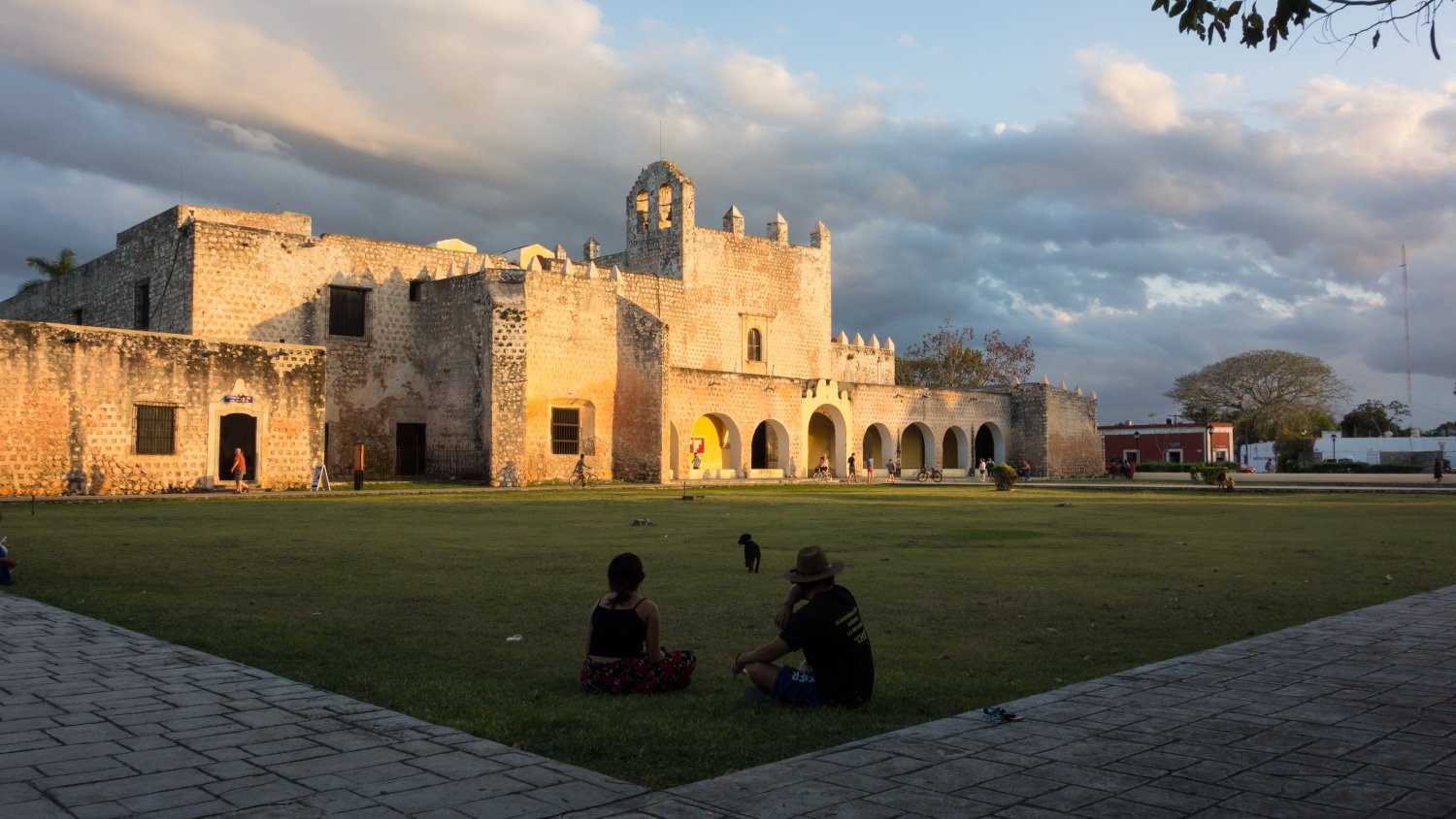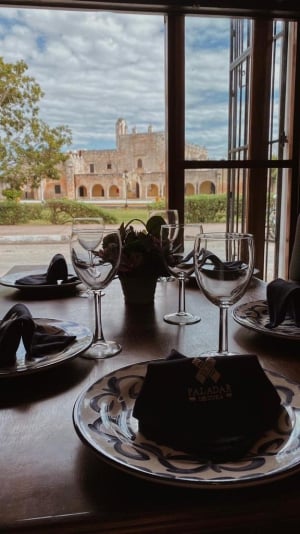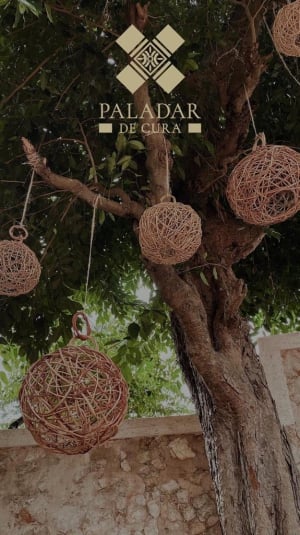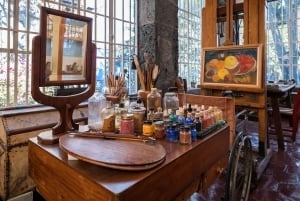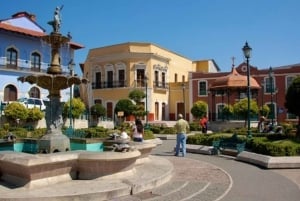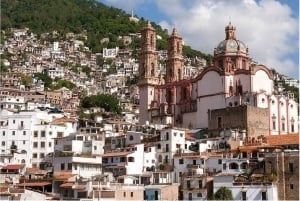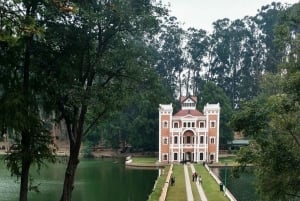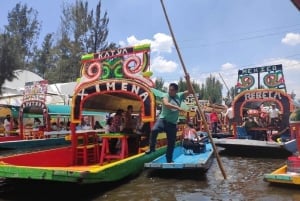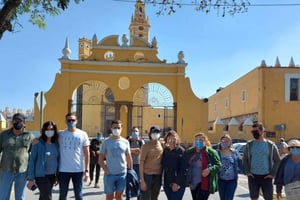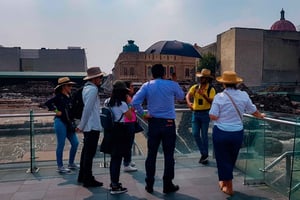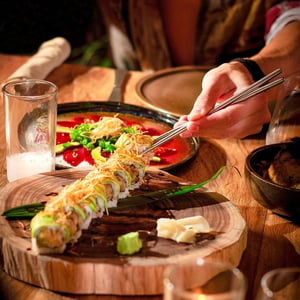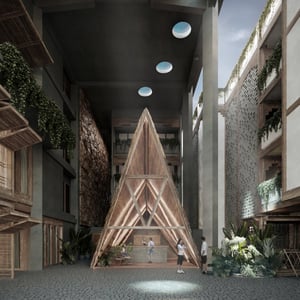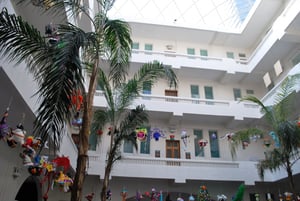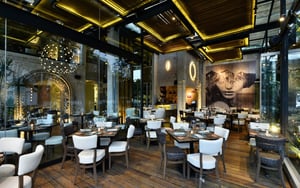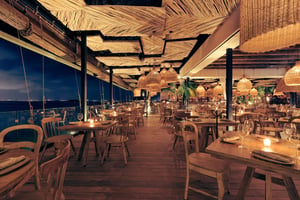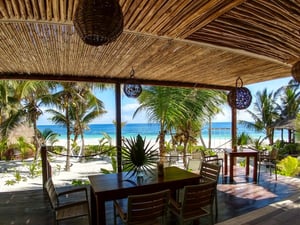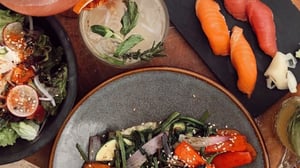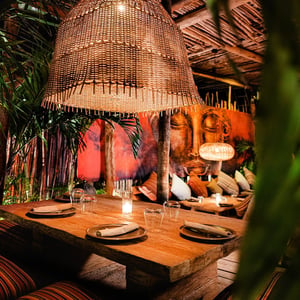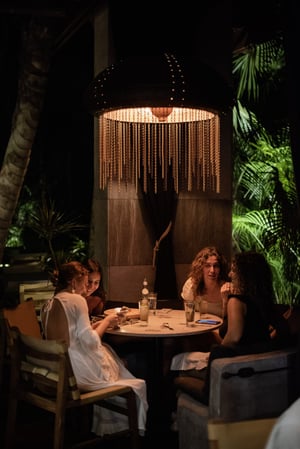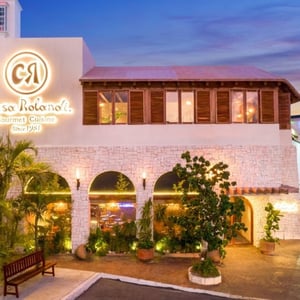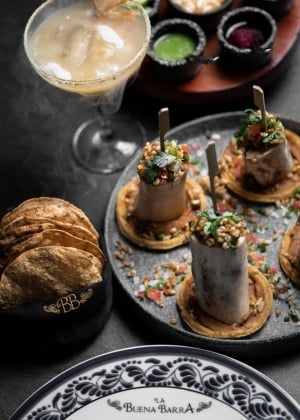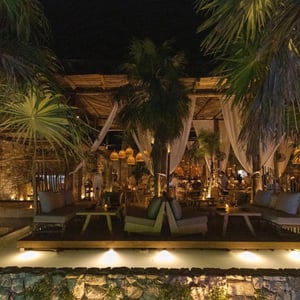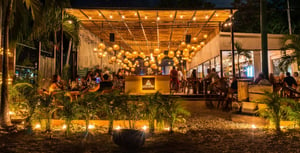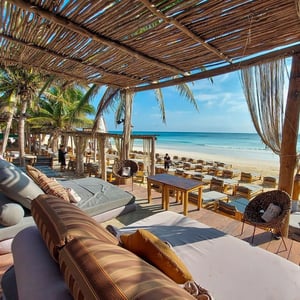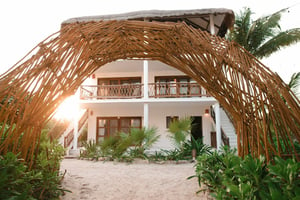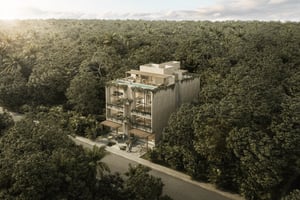The former Convent of San Bernardino de Siena in Valladolid, Yucatan
Church and former convent of San Bernardino in Valladolid.
Book Top Experiences and Tours in Mexico:
If youʻre booking your trip to Mexico last minute, we have you covered. Below are some of the top tours and experiences!- Mexico City: Frida Kahlo Museum Ticket with Digital Guide
- Mexico City: Double Decker Bus Night Tour
- Mexico City: Private Magic Towns & Basaltic Prisms Tour
- Mexico City: Cacahuamilpa Caves and Taxco Small-Group Tour
- Chautla's Castle, Lavender Farm, and Valquirico Private Tour
With the arrival of the Spanish in the Yucatan in the 16th century came the colonisation of Mexico. In fact, the name "Valladolid" came in 1543 from the Spanish conquistador Francisco de Montejo, who named it after the Spanish city of Valladolid.
The construction of this beautiful convent started in 1552 and was completed in 1560, it was built by the Franciscan friars shortly after the Spanish conquest of the Yucatan peninsula. They built the convent with the intention of evangelising the local indigenous population and teaching them the Catholic religion. They also built a school and a hospital to attend to the needs of the population.
The convent played an important role in the history of the region, serving as a place of refuge and protection during the wars and epidemics that struck the region in the past. It also boasts renaissance and baroque architecture, an ornate façade and gilded wood carved altarpieces, all of which make it a historical and cultural treasure.
Today, the convent is considered one of the oldest and most emblematic buildings in the city of Valladolid, and is still a place of worship and an important cultural and tourist centre in the region. The cloister of the convent hosts exhibitions and cultural events, and the church is known for its beautiful façade as well as its Mudejar-style bell tower.
Today this region is also known for its delicious gastronomy, which includes a unique blend of indigenous and Spanish influences; although the Mayans already had a rich culinary tradition, the Spanish introduced new ingredients and cooking techniques that resulted in a unique blend of flavours and influences; in fact just a few steps away from this former convent is a restaurant called Paladar de Cura, which perfectly showcases this mix of cultures to the diner.
Among the ingredients that the Spaniards introduced into Yucatecan cuisine are pork, beef, chicken and other farm animals that were not common in the region before the conquest.
The Spaniards also introduced new cooking techniques, such as the use of the oven to cook meat and bread, and the technique of marinating in achiote, a red-coloured paste, which is used to this day to flavour many Yucatecan dishes such as cochinita pibil; In short, as a result of this history, the gastronomy of Yucatán is a rich combination of influences that has given rise to one of the richest cuisines in the world, which has even been recognised by UNESCO as Intangible Cultural Heritage of Humanity since 2021.


